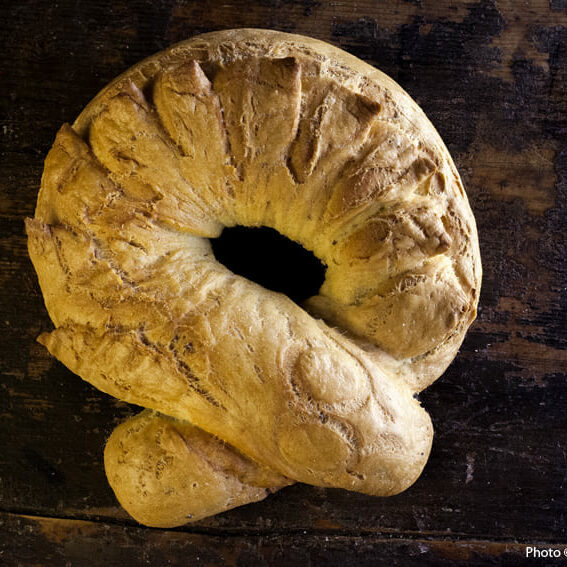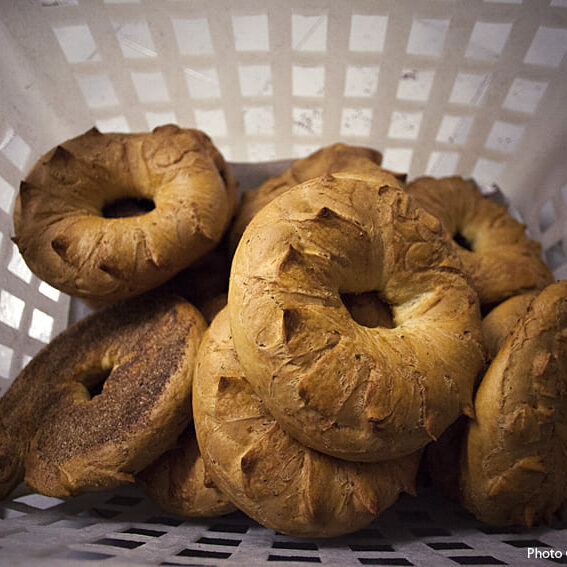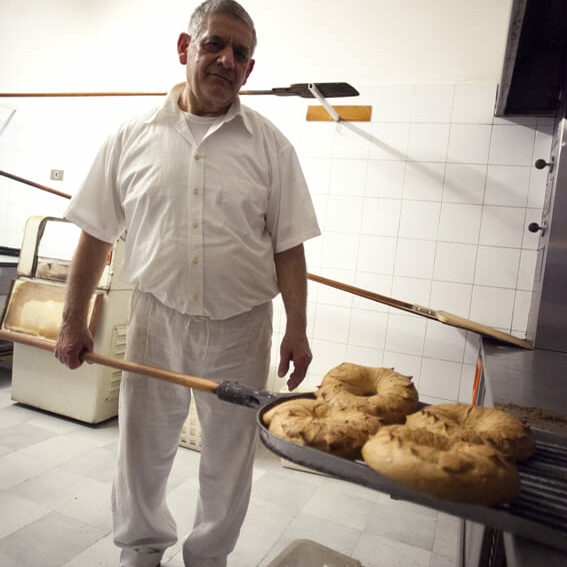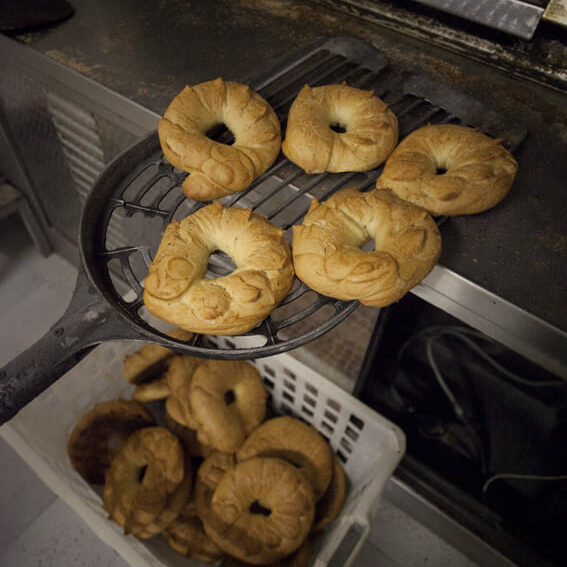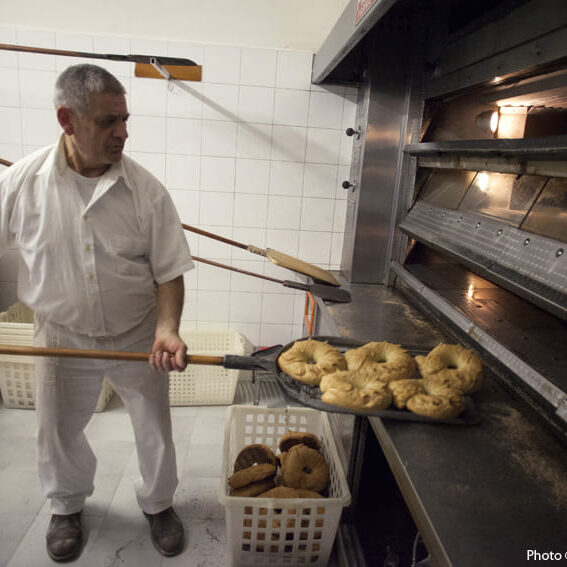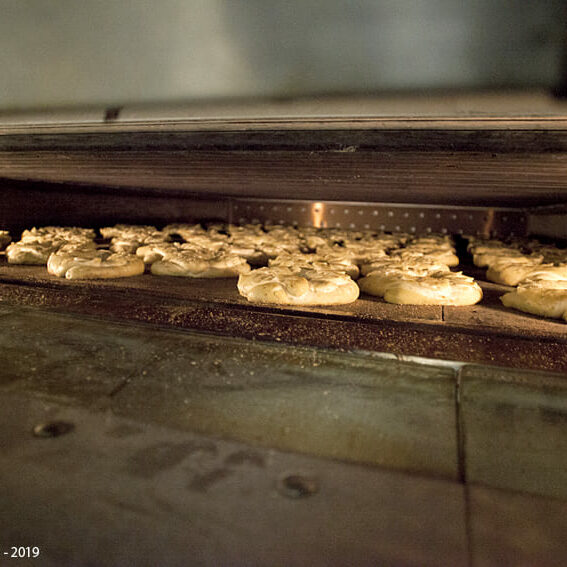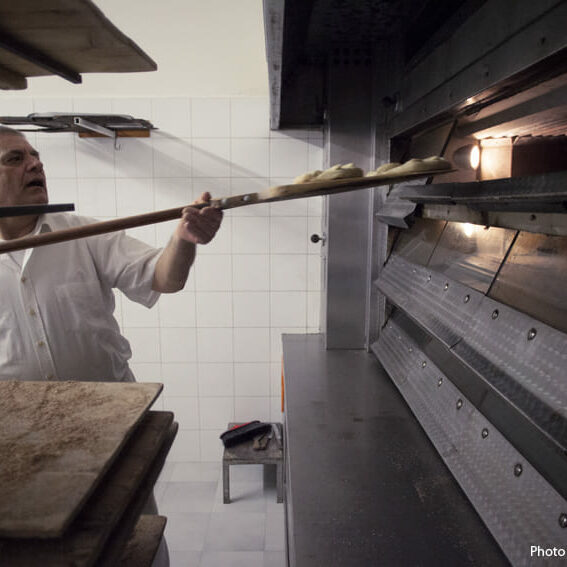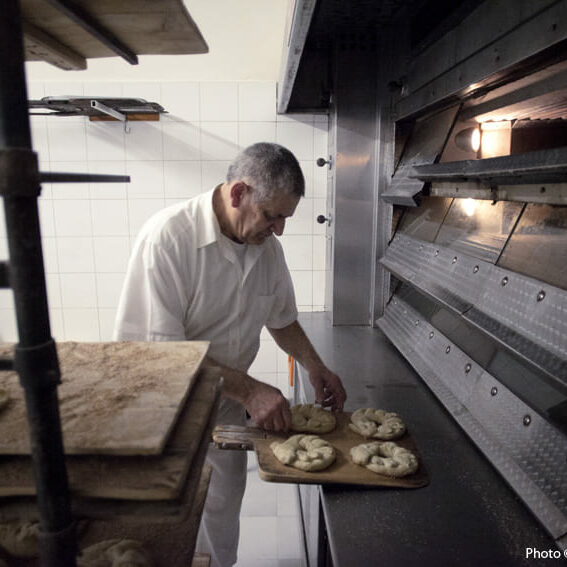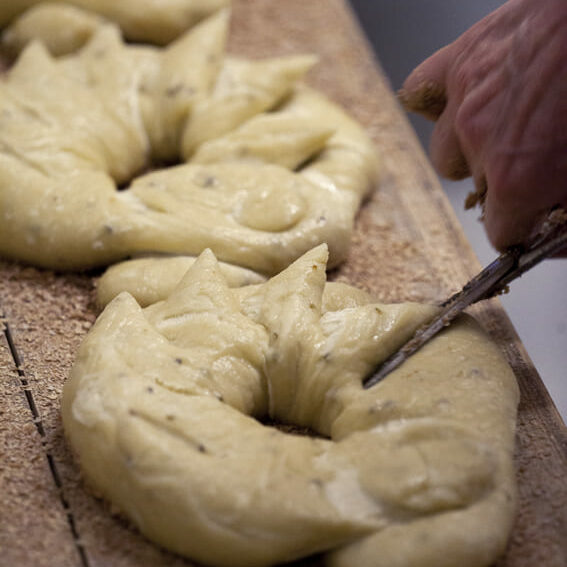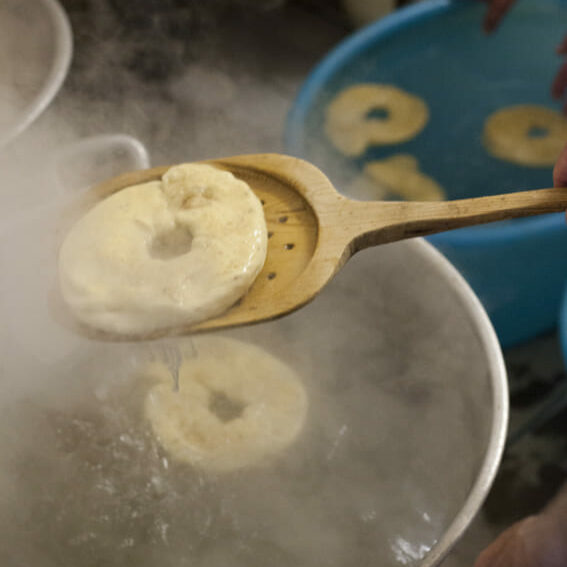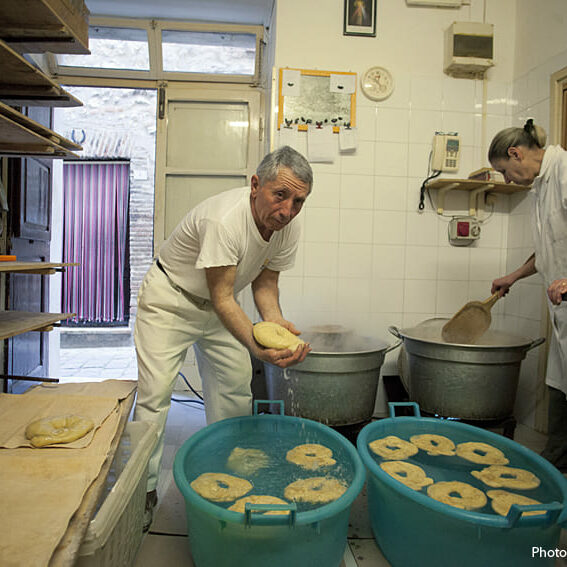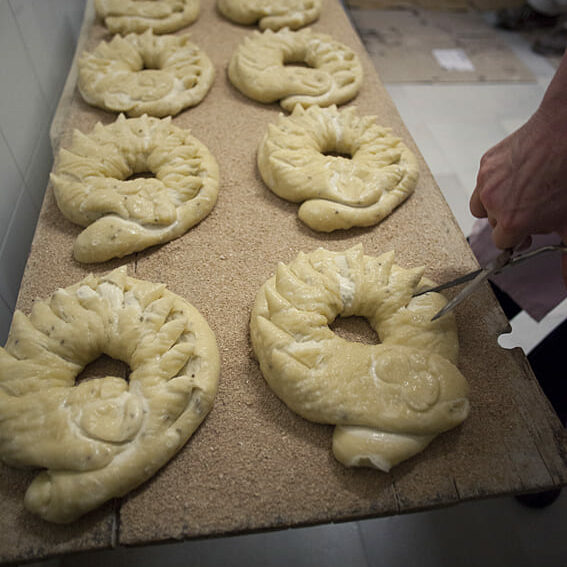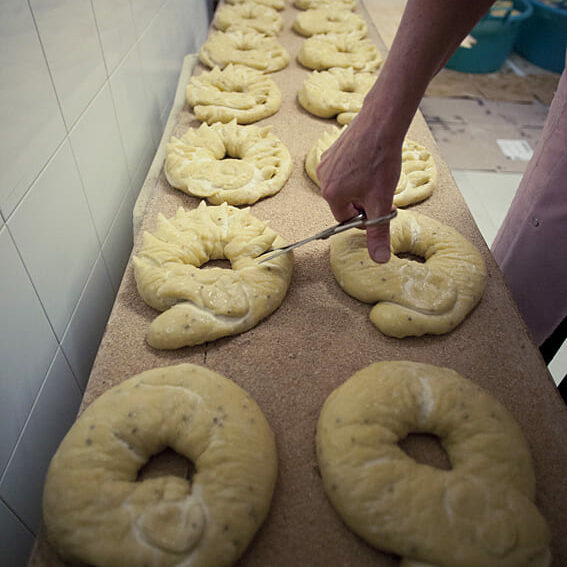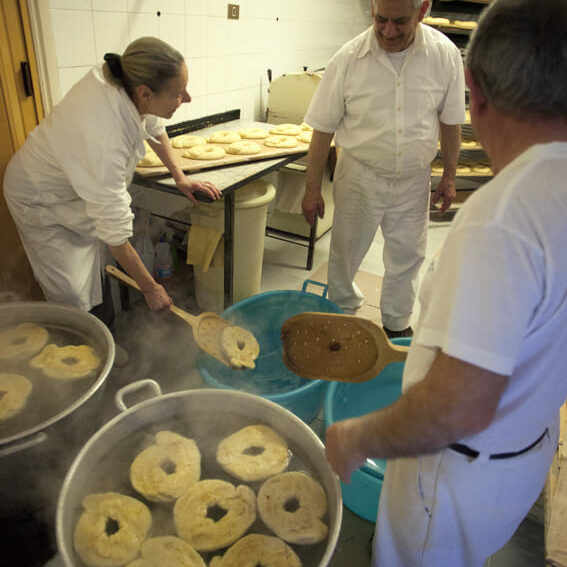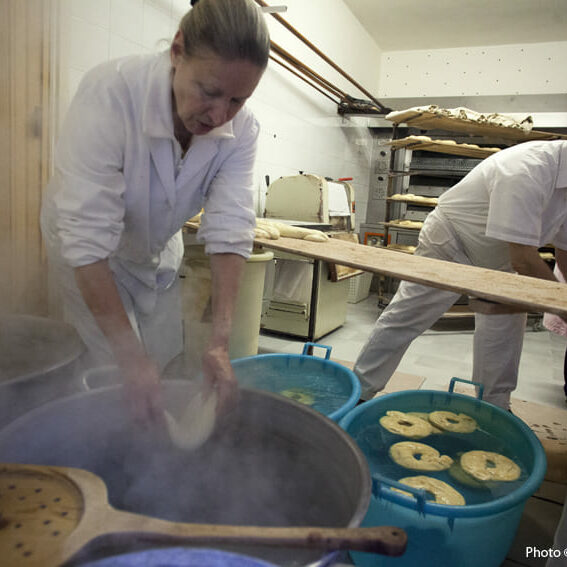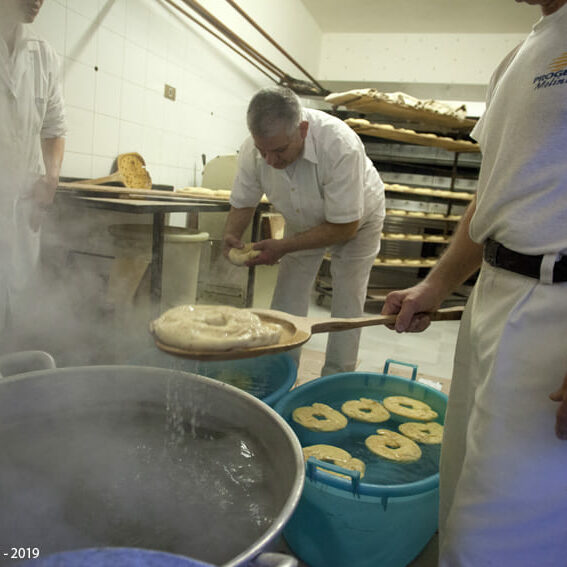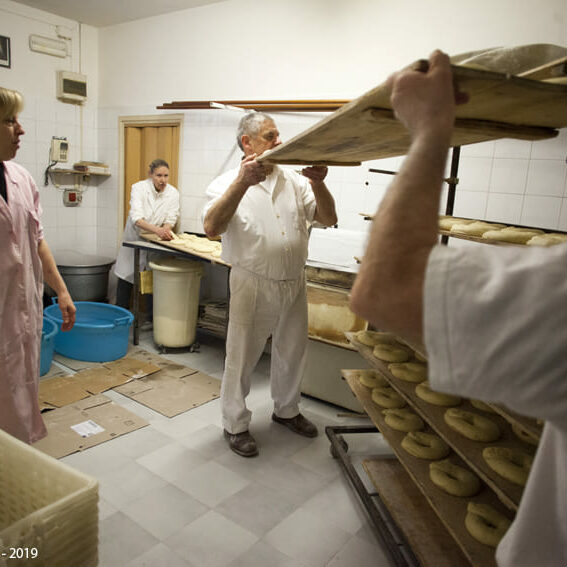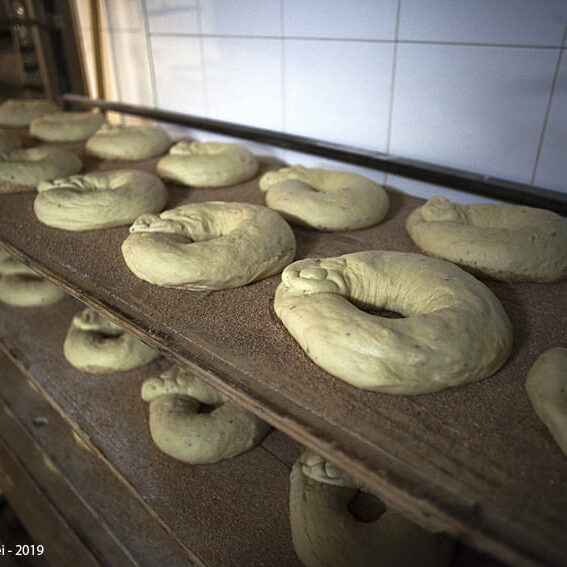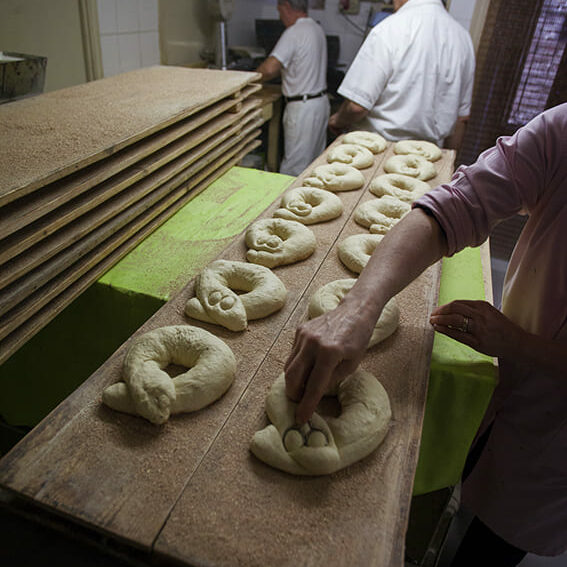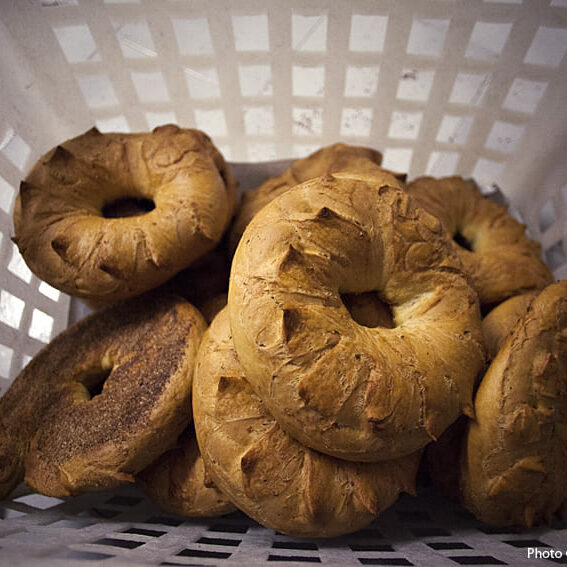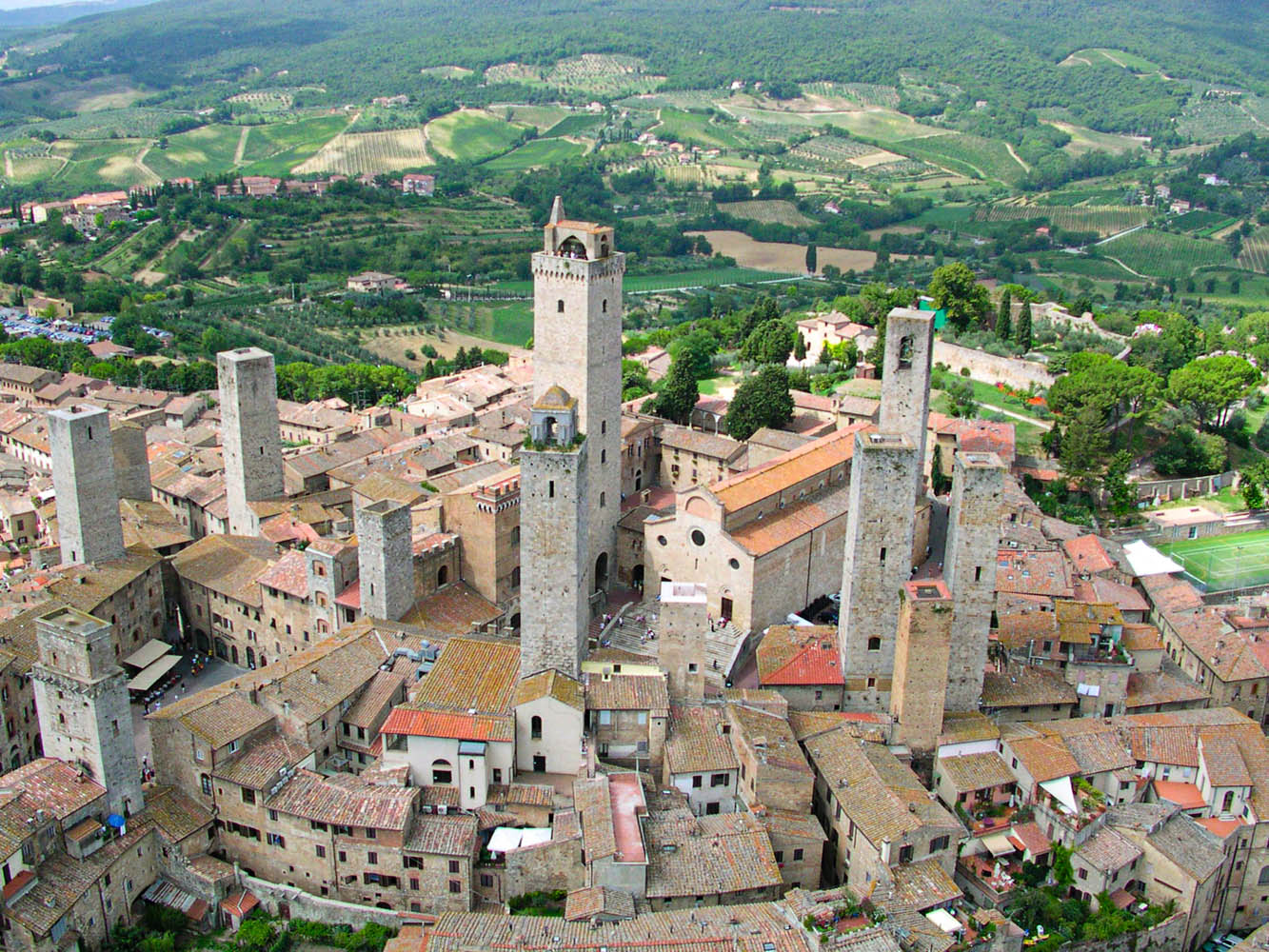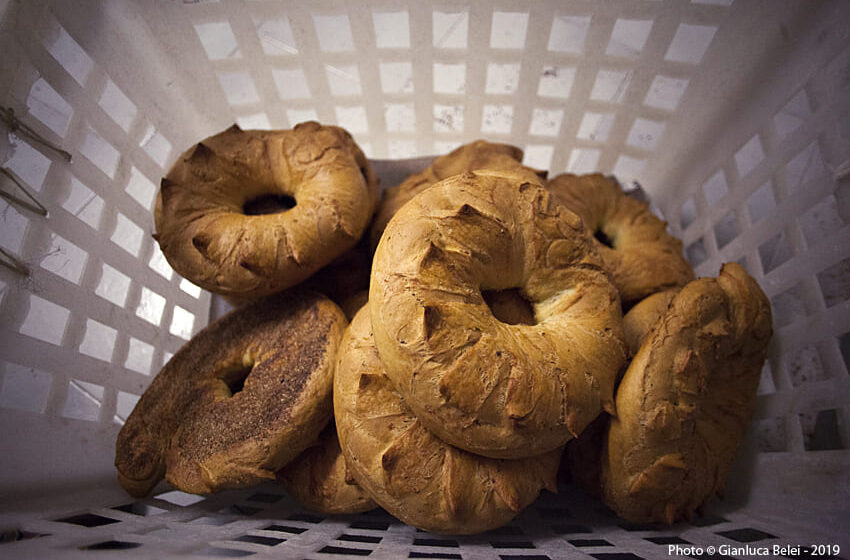
The biscuits of St. Anthony the Abbot
In the festive cycle of the Catholic tradition, which traces its roots to an older substratum of beliefs and rites connected to the changing seasons, the celebration in honor of Saint Anthony the Abbot is still particularly felt.
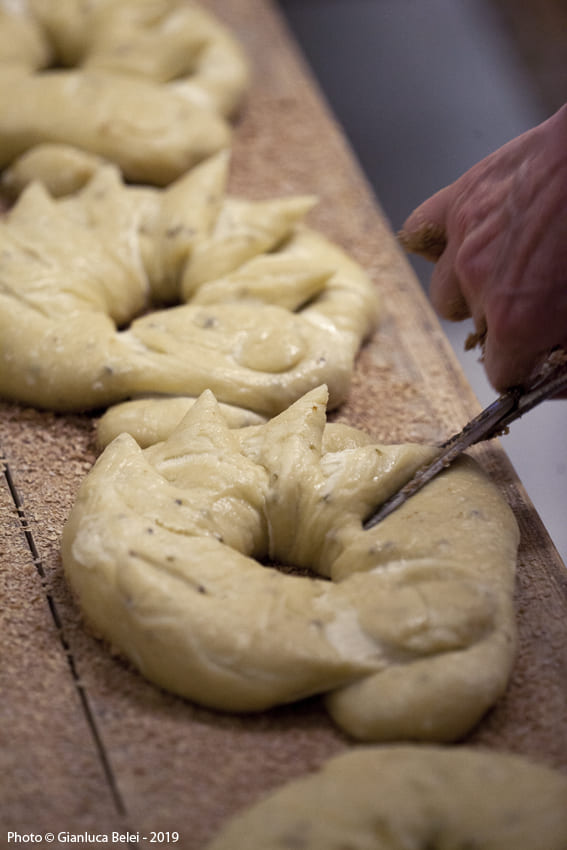
Throughout the peninsula, especially in rural areas, the veneration of the Egyptian saint, the first hermit, benefactor of the poor, and protector of animals, is still alive. It was once believed that on the eve of his feast day, animals had the gift of speech for one night, but woe to the unfortunate or curious who dared to listen to their conversations, as they would have broken a taboo, incurring terrible punishments.
Only the saint was granted this divine faculty, and to curry favor with his miraculous virtues, farmers of yore used to bring their animals to church on the day of the feast to have them blessed, so they would always be healthy, prolific, and immune to the evil eye. After the religious service, in many places it was customary to light large bonfires (notably the one in Nòvoli) to support the sun on the days when its rays begin, according to tradition, to warm the ground, while humble meals were set on rustic tables, featuring hot dishes like the famous “cottore abruzzesi” (Collelongo), cornmeal porridge, introduced into our diet when this cereal was first used, and especially sweets.
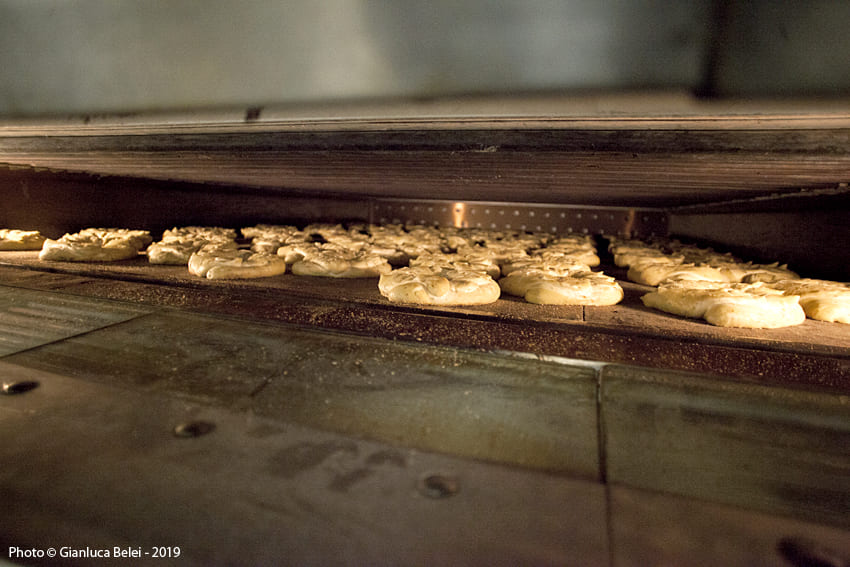
Among these stands out the “ciambella di Lugnano in Teverina,” a donut whose recipe is jealously passed down from generation to generation, with an unmistakable flavor that brings a note of joy and hope in the heart of winter. The seemingly simple recipe actually requires a lot of attention and complex processing, involving the preparation of a dough flavored with anise, shaped into a donut. Once ready, the cookies are thrown into boiling water; as soon as they come to the surface, they are immediately cooled in cold water, and finally, once the edges are trimmed and finished, baked to the delight of young and old alike.
After the religious service, in many places it was customary to light large bonfires (notably the one in Nòvoli) to support the sun on the days when its rays begin to warm the ground, according to tradition, while humble meals were set on rustic tables featuring hot dishes like the famous “cottore abruzzesi” (Collelongo), cornmeal porridge, introduced into our diet when this cereal was first used, and especially sweets.
Once ready, the cookies are thrown into boiling water; as soon as they come to the surface, they are immediately cooled in cold water, and finally, once the edges are trimmed and finished, baked to the delight of young and old alike.
CREDITS FOTO:
Gianluca Belei

Si occupa di cucina e di tradizioni, con un pensiero sempre sensibile verso le tematiche della sostenibilità sia ambientale che economica.
Leggi in:
![]() Italiano
Italiano





